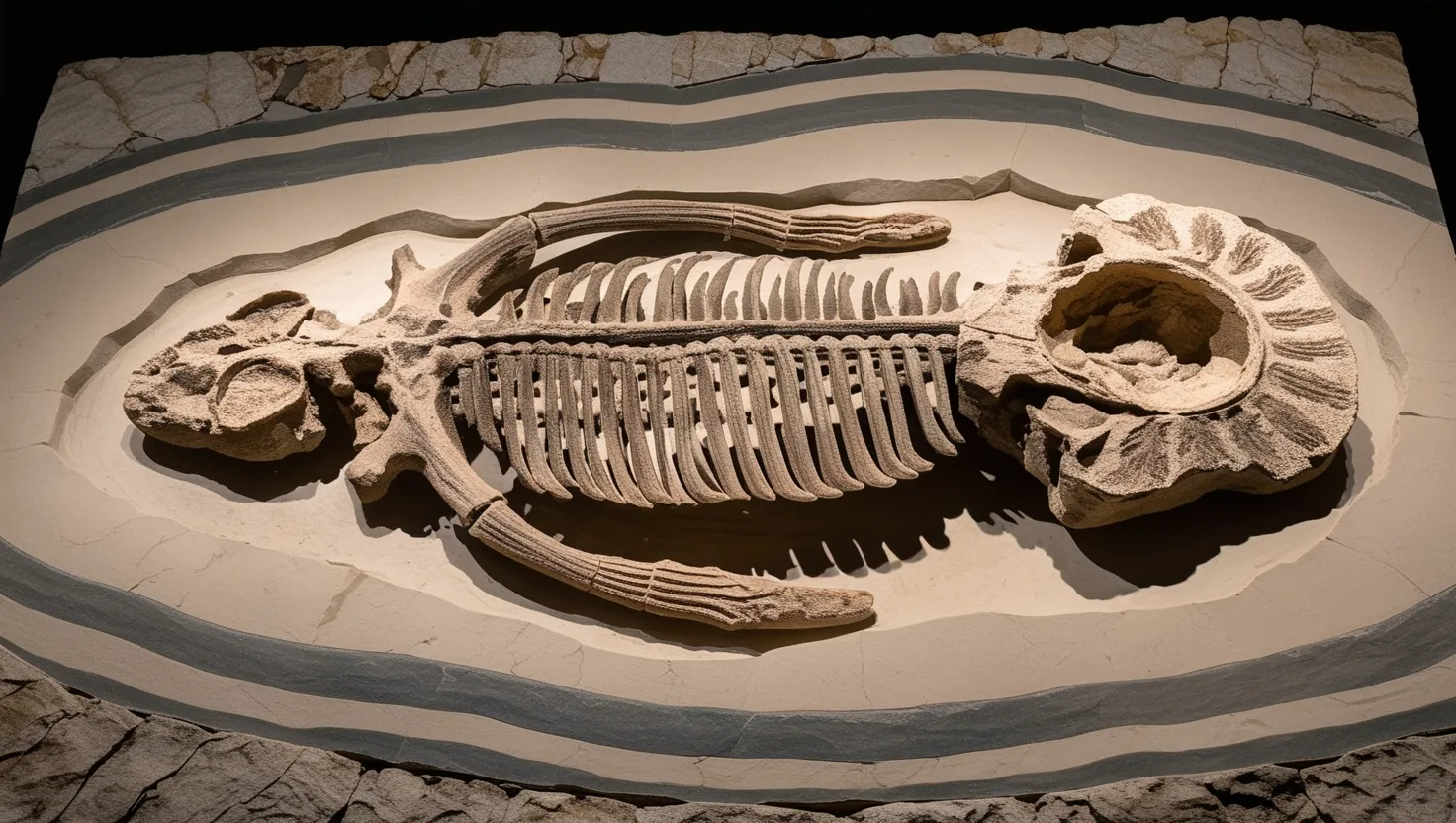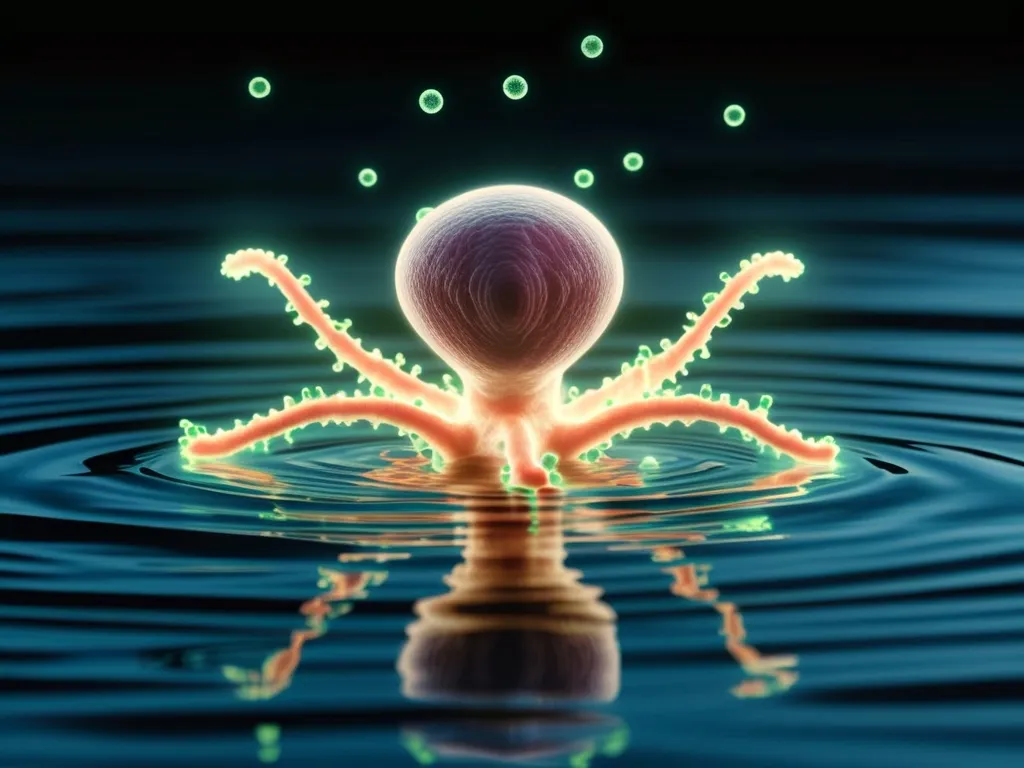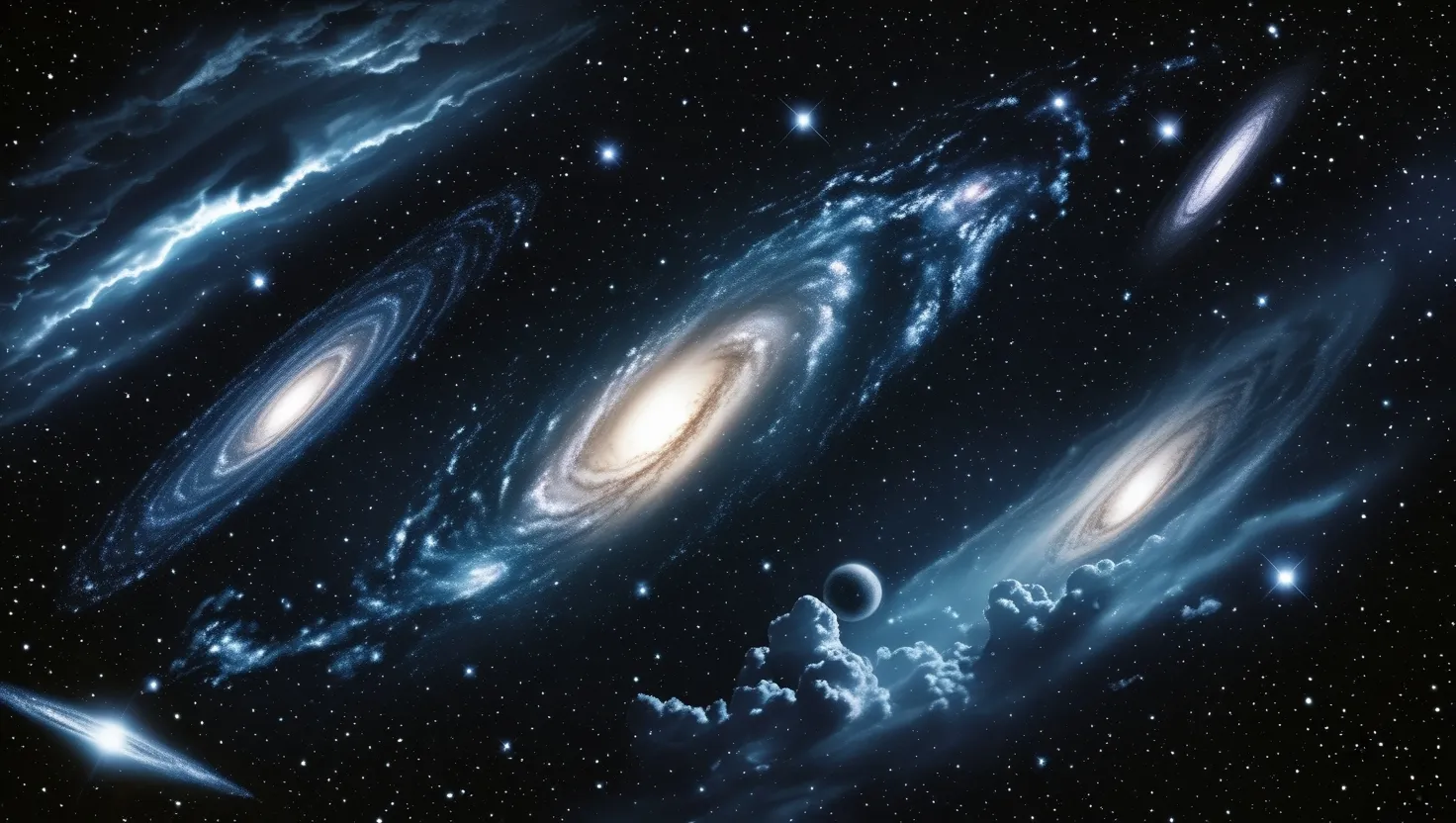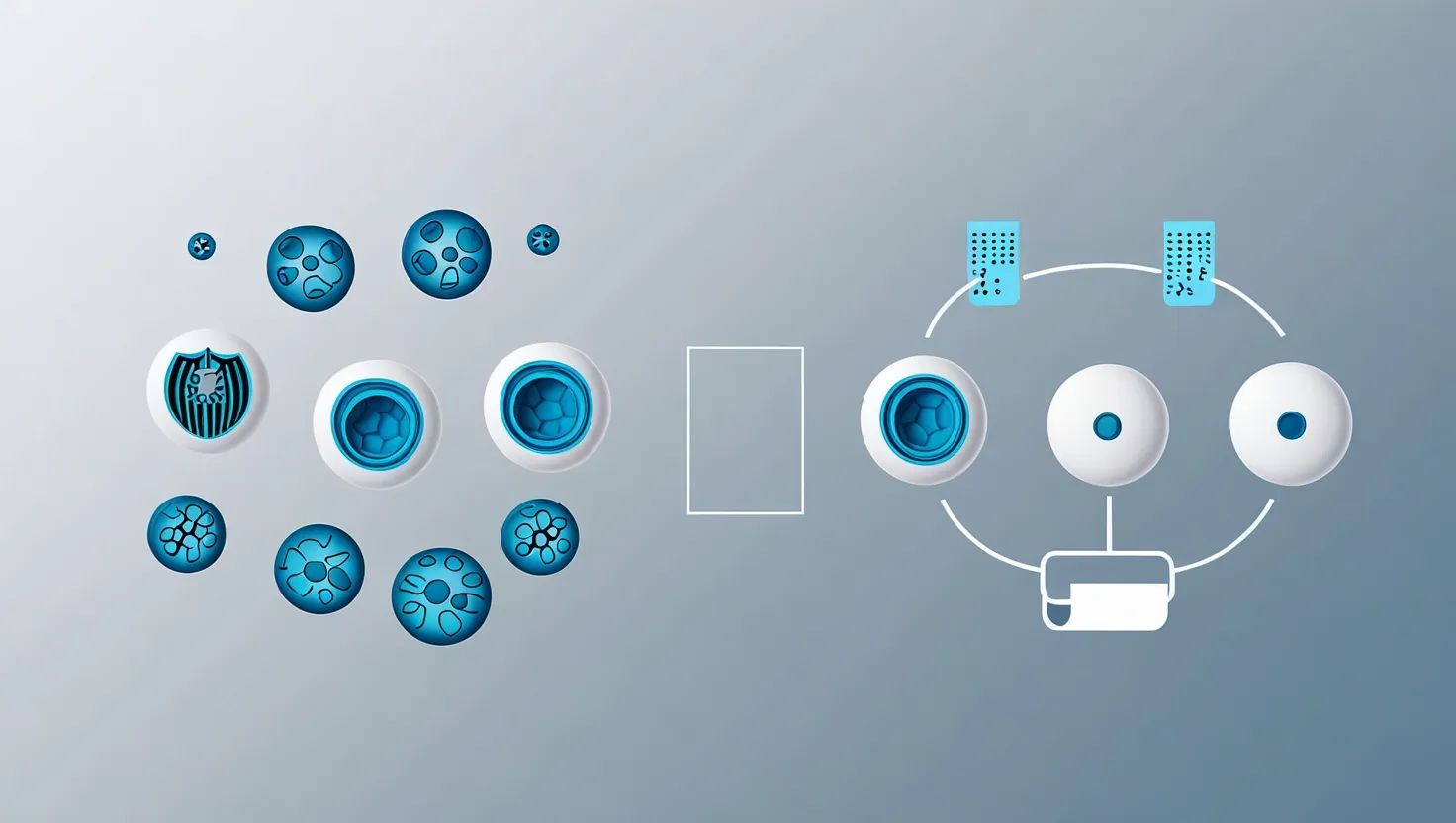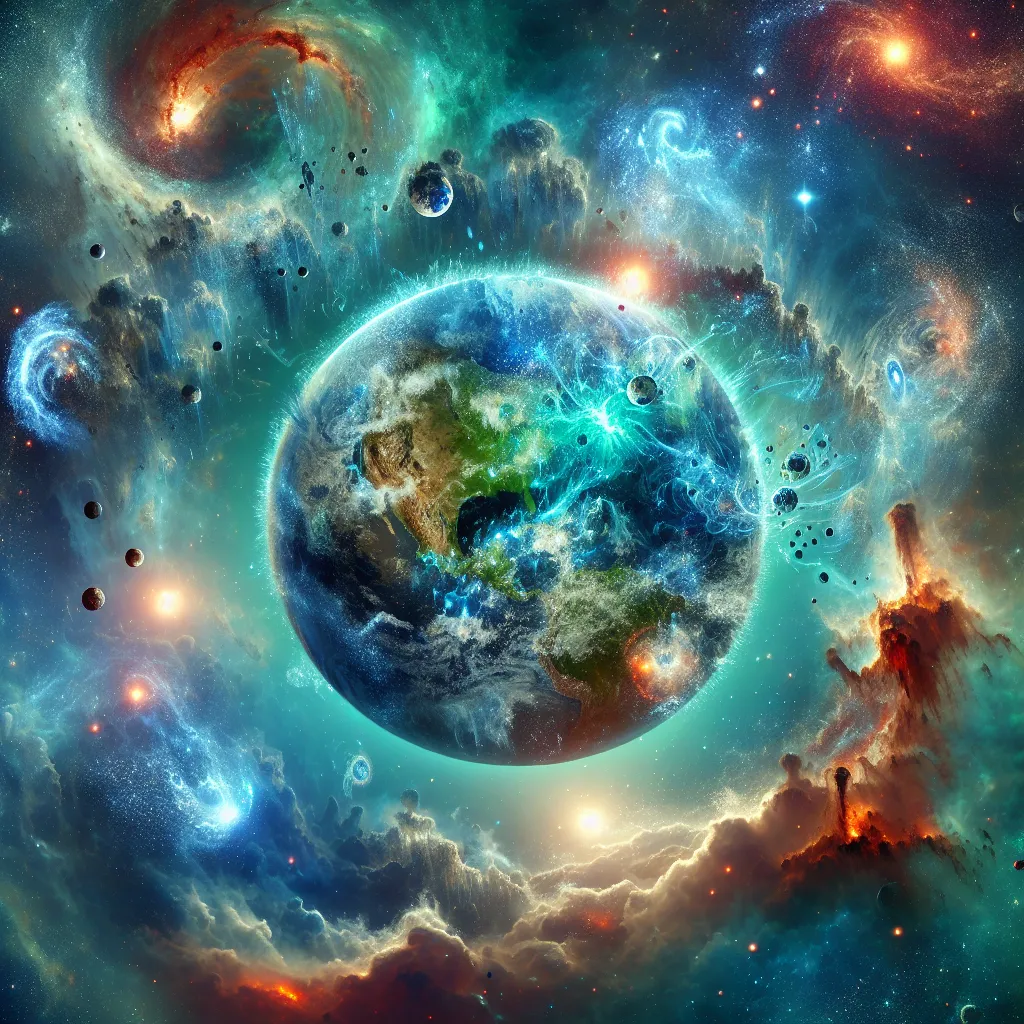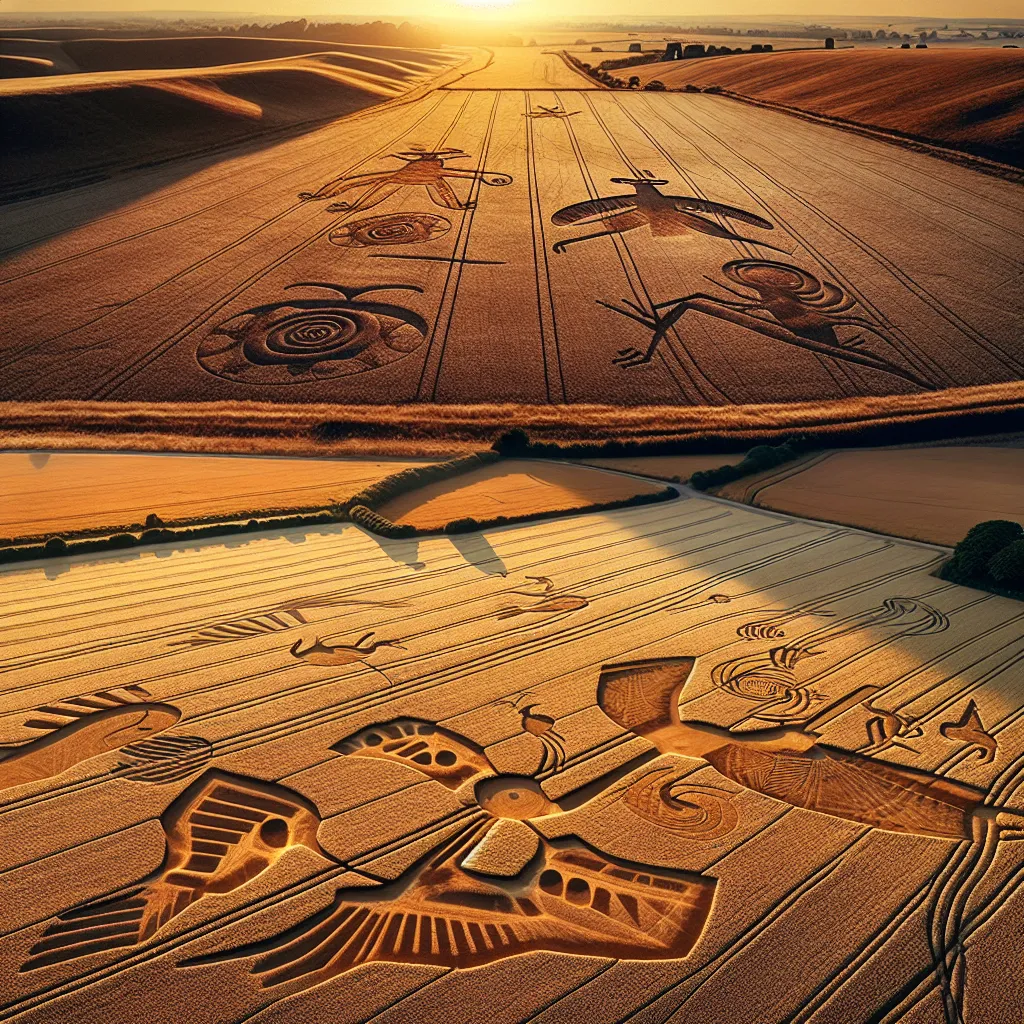Let’s imagine walking through a world so strange that even its shadows baffle us. That’s the feeling I get whenever I read about paleontological mysteries—the fossilized puzzles that refuse to fit neatly into our accepted narratives. We think of Earth’s past as mapped out, but the truth is, for every answer, there are a dozen new questions hiding under layers of rock and time. As I introduce you to five of the most thought-provoking paleontological puzzles, I invite you to keep one question at the forefront: What if our greatest discoveries are actually our best reminders of how little we know?
Take the Cambrian Explosion. Here’s a moment in geological time—a blink, really—when animal diversity seemed to burst onto the scene. Geological records show a proliferation of body plans and bizarre anatomies. Some believe rising oxygen levels provided a spark; others argue for the emergence of genetic toolkits that allowed organisms to experiment rapidly with new designs. But is that enough? Why did nature wait so long, then suddenly accelerate? I wonder: Are we missing some lost trigger, some environmental or cosmic factor we haven’t even considered? Maybe our tools, reliant on hard evidence, simply can’t capture the full story. I’m always left thinking of what Charles Darwin admitted: “Ignorance more frequently begets confidence than does knowledge.”
Let’s consider color, or the mystery of what dinosaurs really looked like. Early textbooks painted them uniformly drab, maybe green or brown. Then, fossilized melanosomes (the tiny pigment pockets in feathers and skin) began to reveal traces of color—blues, reds, iridescent patterns. But how accurate are these glimpses? They tell us about basic shades, not the full palette or the dazzling displays that might have adorned a courtship ritual. Were some dinosaurs as flamboyant as peacocks, or did earthy camouflage prevail? The science can’t yet decide. I often find myself staring at a fossil and asking: Would the world seem more real or less if we could see it in the vivid colors of the past?
Moving from color to flight, the pterosaur Quetzalcoatlus stands as a riddle in bone and air. Imagine an animal with a wingspan wider than many airplanes. How could it possibly get airborne? Some aerodynamics models suggest it vaulted powerfully from the ground, others that it needed a cliff’s sheer drop to launch. Either way, we’re left speculating about its lifestyle. Was Quetzalcoatlus a master of efficient soaring, gliding on thermal currents for hours, or a giant that moved more on land than we imagine? Its limb proportions baffle engineers and biologists alike. When I read about the arguments between experts, I’m reminded of Richard Feynman’s words: “I would rather have questions that can’t be answered than answers that can’t be questioned.”
Before the Cambrian’s riot of forms came the Ediacaran Biota—creatures so alien that even their place on the tree of life is debated. They don’t fit the mold of animals, plants, or fungi. Sometimes they look like cross-sections of modern fronds or quilted pillows, sometimes like nothing else living or dead. Were they failed experiments of evolution, different kingdoms altogether, or complex animals we simply can’t recognize? The mystery deepens because so few have been preserved, and their anatomy doesn’t yield easy clues. I sometimes wonder if these organisms are ghosts of possibilities—paths not taken in the story of life. Isn’t it humbling that, with all our technology, a soft-bodied fossil can still outsmart us?
The question of dinosaur metabolism might seem less flashy, but it’s just as pivotal. The old image of lumbering, cold-blooded reptiles has given way to debates about endothermy—were many dinosaurs warm-blooded, regulating their temperatures much like birds and mammals? Slices of fossilized bone show growth rates and blood vessel patterns suggestive of high metabolism. However, when it comes to giant sauropods, the story grows complicated. Could creatures the size of small buildings really have maintained constant high body temperatures, or did they rely on gigantothermy—their sheer size helping them retain heat? And how did ferocious predators like Tyrannosaurus support the energy demands of active hunting? The evidence refuses to resolve into a tidy narrative. I’m left wondering: Did evolution experiment with every possible permutation of physiology, some now extinct and unknown to us?
Here’s a thought experiment. What if you could witness any one of these moments in prehistory? Would you want to see the Cambrian seas teeming with novel life, or glimpse the true hues of a feathered dinosaur as it strutted across a Cretaceous plain? Would you watch Quetzalcoatlus leap toward the sky, or meet one of the peculiar Ediacarans on an empty shore? Maybe you’d choose to feel the hot breath of a giant sauropod, pondering what kept its engine running.
These stories remind me that fossils, for all their apparent finality, are actually the beginnings of conversations. Every new find is an invitation to revise our mental models, to wonder about missing links and vanished worlds. Paleontology’s greatest power is not just in what it tells us, but in how it forces us to keep looking, keep doubting, and keep asking “What else?”
“History is a gallery of pictures in which there are few originals and many copies,” said Alexis de Tocqueville. In the context of prehistoric life, those “originals” are fossils, the irreplaceable clues to worlds otherwise erased. But what if what we’re seeing is not just a chapter, but a footnote to a far larger and stranger saga?
There’s a tendency, even among scientists, to want closure—to fit every creature into a neat evolutionary family, to explain every anomaly with a plausible scenario. But the record left to us is fragmentary, biased toward the hard, the protected, the fortunate. For every well-known fossil like Archaeopteryx or Tyrannosaurus, there are millions of species that left no trace whatsoever. Could the greatest mysteries be those whose evidence hasn’t even been found yet, hiding in rocks we haven’t split open, or in places we haven’t thought to look?
Sometimes, I imagine holding a fossil in my hand—a trilobite, perhaps, or a dinosaur tooth. I’m struck by how solid, how real it feels. And yet, everything it represents—behavior, color, biology, even its place in the ecosystem—is almost always an open question. “The most beautiful thing we can experience is the mysterious,” wrote Albert Einstein. “It is the source of all true art and all science.” The more I learn about paleontology, the more I realize that mystery is not an obstacle, but the very engine of discovery.
So, as we puzzle over the Cambrian explosion, argue about dinosaur colors, build models of flight for giants like Quetzalcoatlus, debate the nature of Ediacaran life, or seek the truth about dinosaur metabolism, we’re really doing something very human: seeking to understand where we came from, and wondering what, if anything, is truly knowable. Are we ready to accept that some answers may always elude us? Or do these gaps only drive us further, deeper into the story of life’s ancient past?
If I could leave you with a question, it would be this: What would you ask a paleontologist if you could, faced with these persistent puzzles? And is it possible that, in the end, the questions themselves are what keep the fascination alive?
